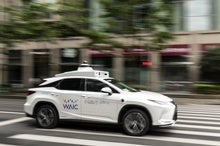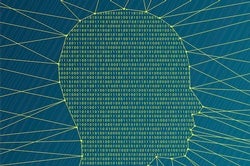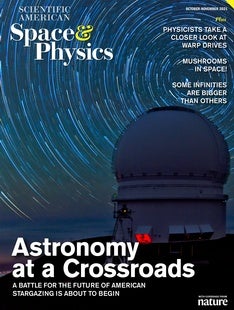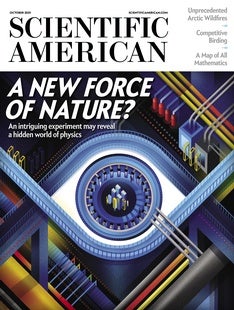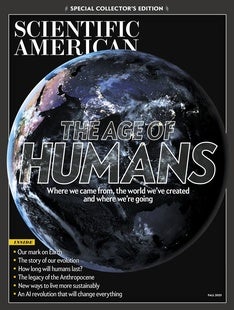 |
| October 05, 2021 |
Dear Reader,
Machine learning is key to astonishing advances in artificial intelligence. But what does the term "machine learning" actually mean? Check out the latest episode of our Decoded series to find out. |
| |
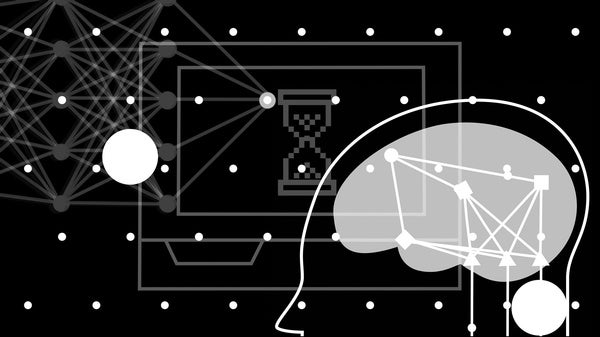 |
| |
| |
| |
| |
| |
| |
| |
| |
| |
FROM THE STORE
 | | | |
| QUOTE OF THE DAY
 "The businessman, Dauren Musa, claims ownership of Burya. This was the second orbiter built as part of the Soviet Buran program, which aimed to produce a fleet of space shuttle-like vehicles four decades ago...Musa, however, does not simply want to give the vehicle back to Russia. In September, reports emerged that he would only return Burya to Russia in exchange for the skull of the last Kazakh Khan, a man named Kenesary Kasymov." Eric Berger, Ars Technica | |
| |
FROM THE ARCHIVE
 | | | |
LATEST ISSUES
 |
| |
| Questions? Comments?  | |
| Download the Scientific American App |
| |
| |










